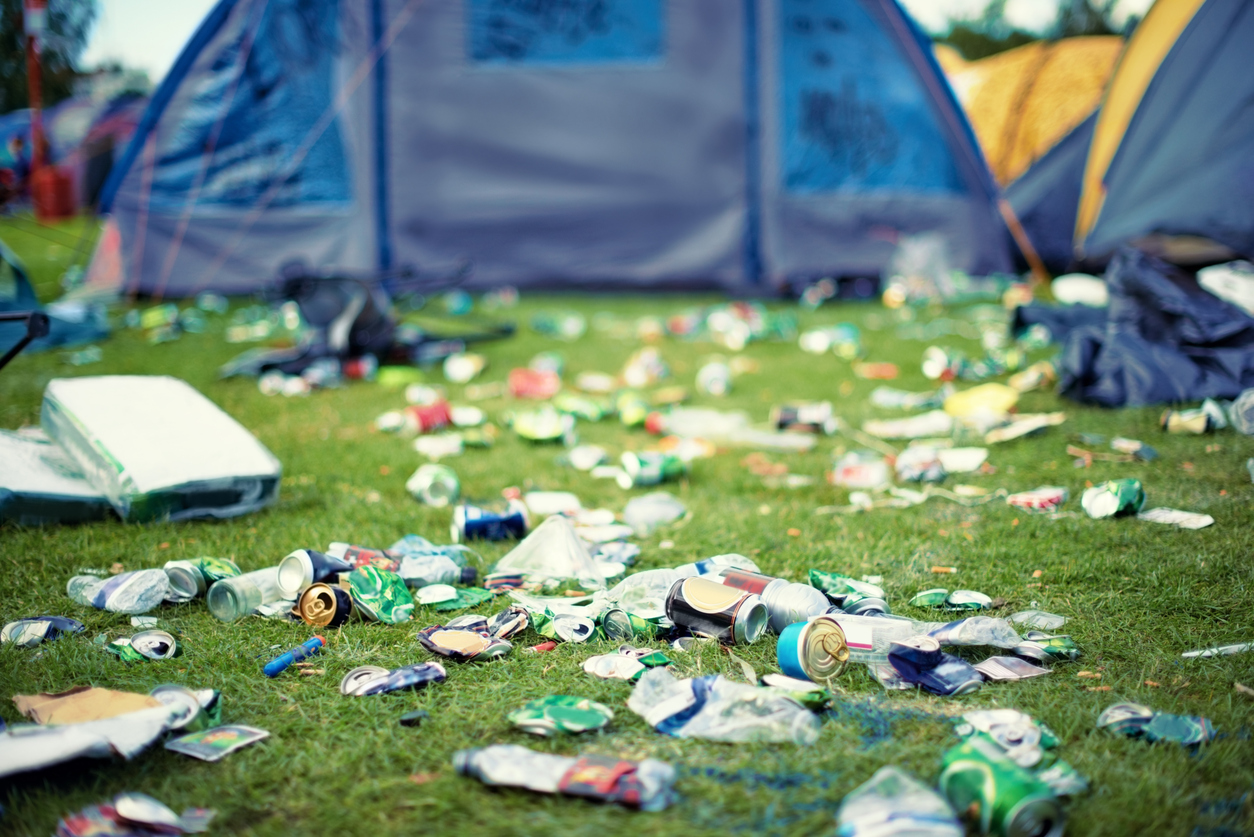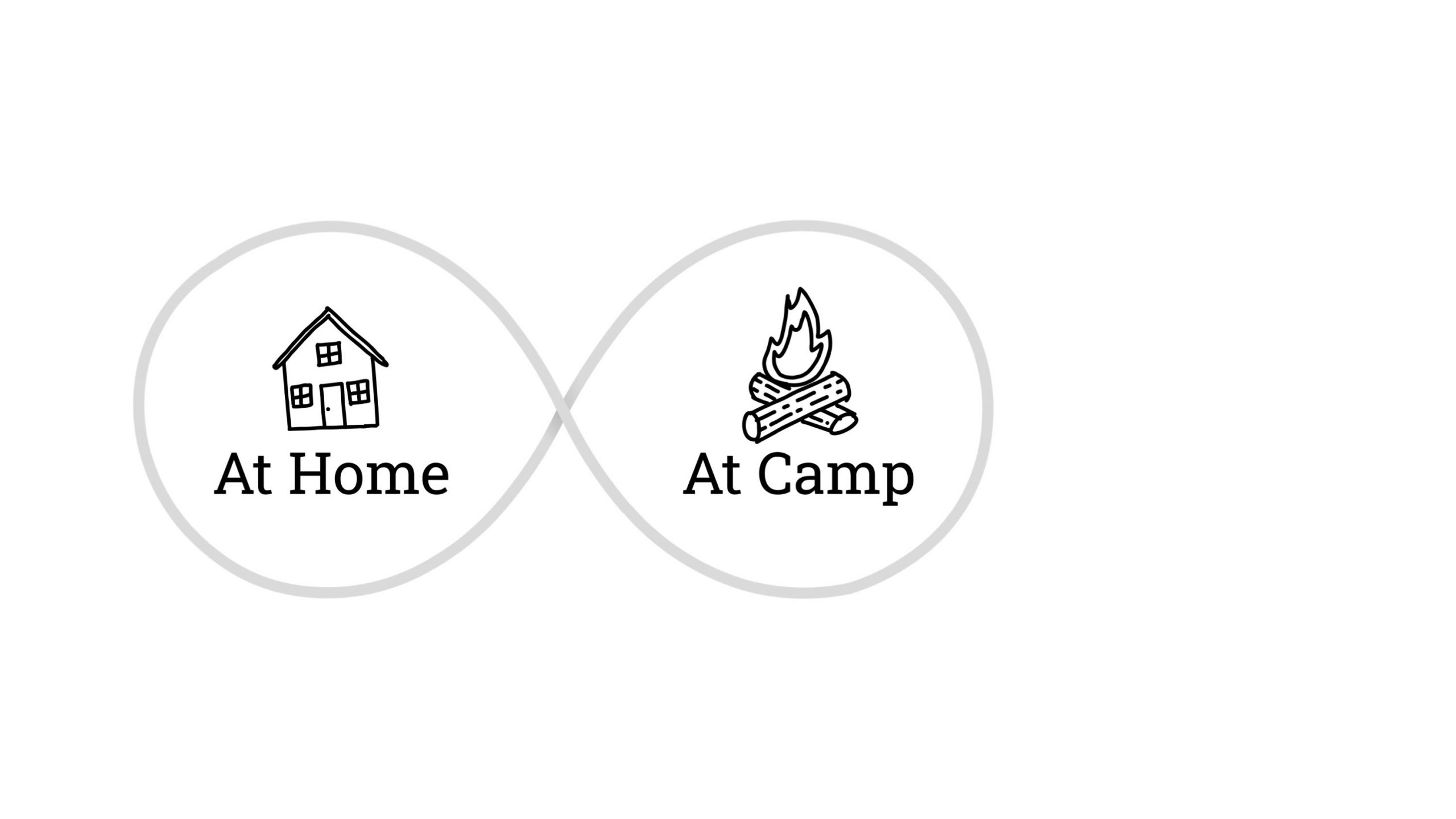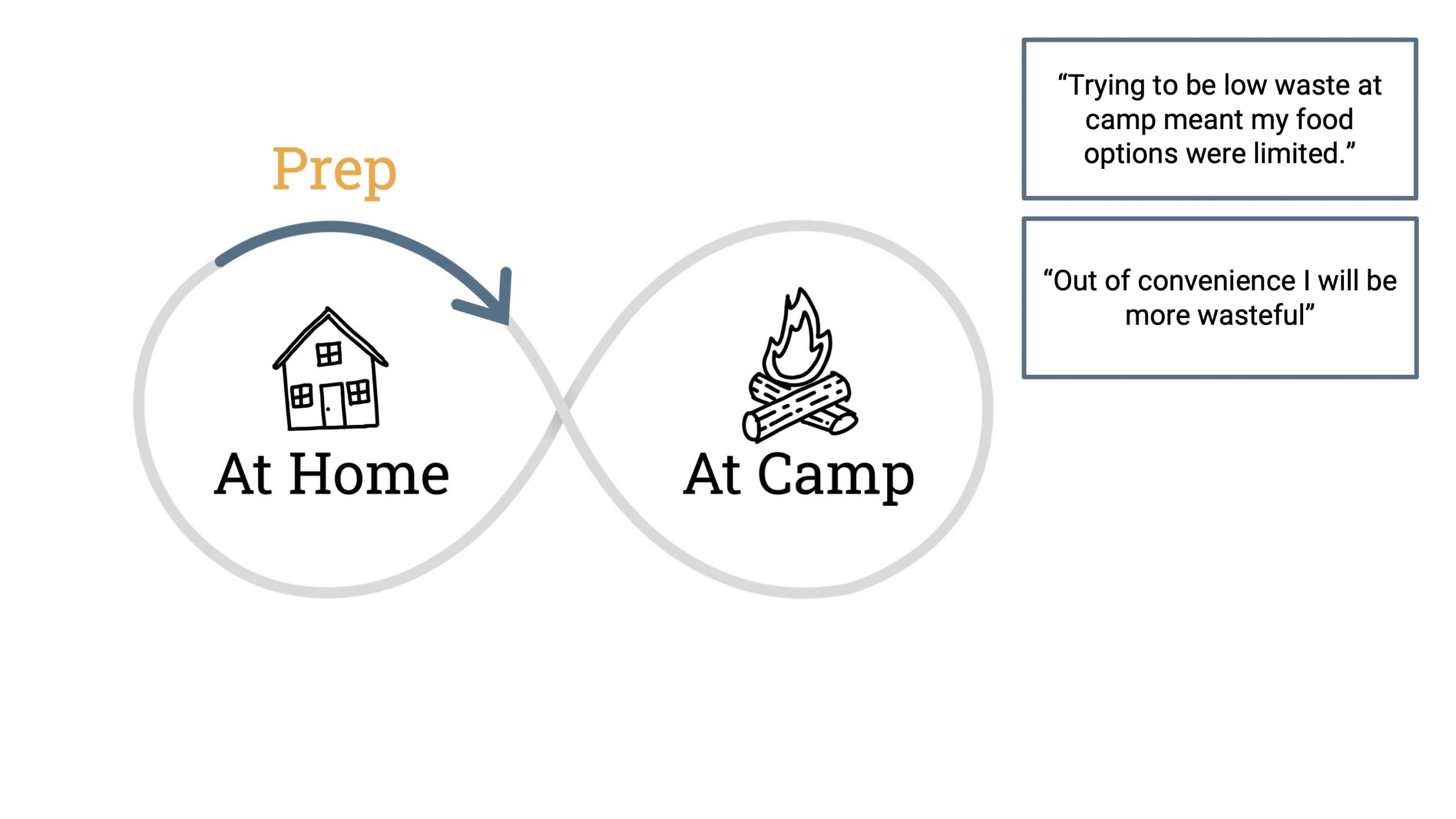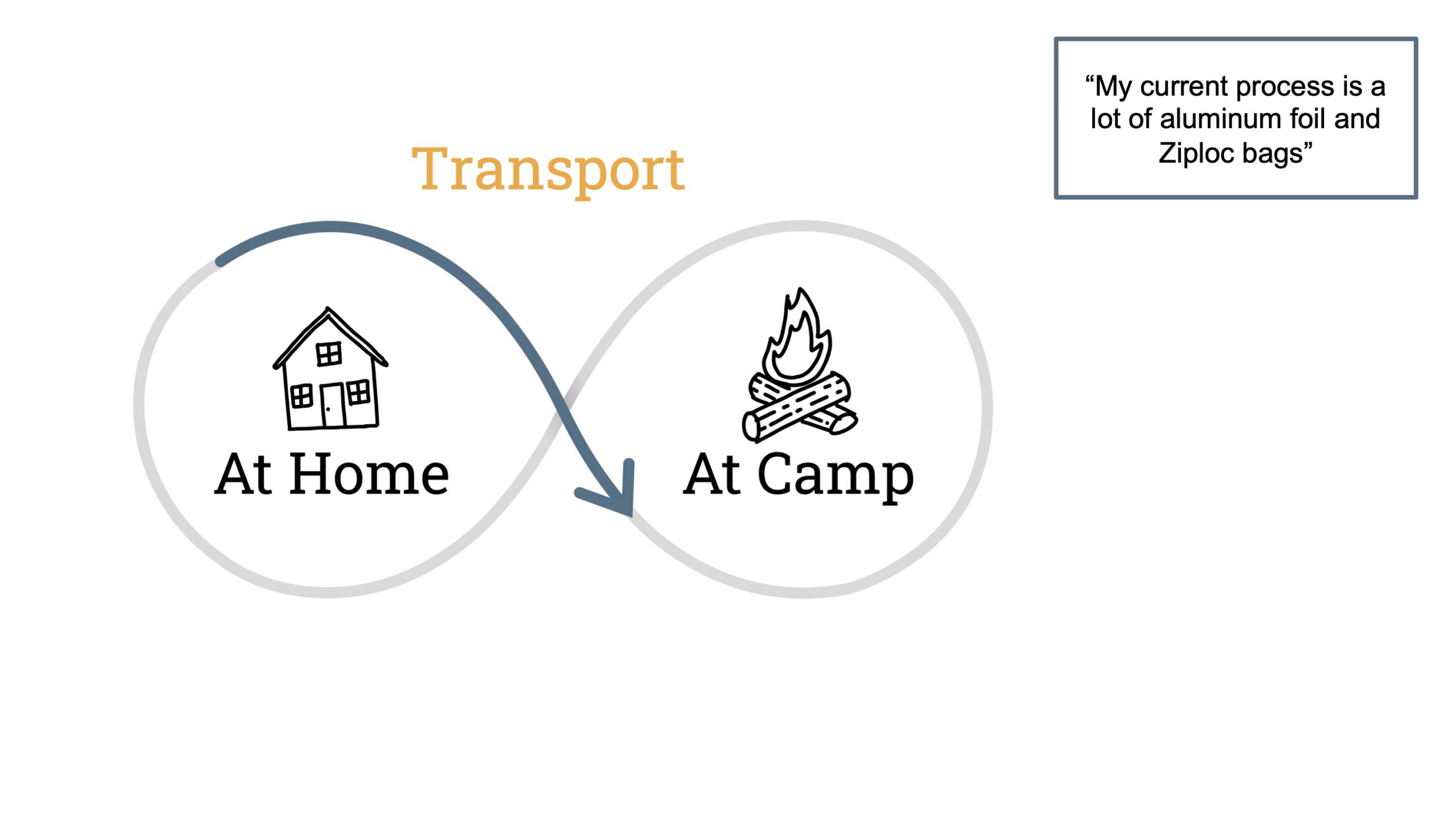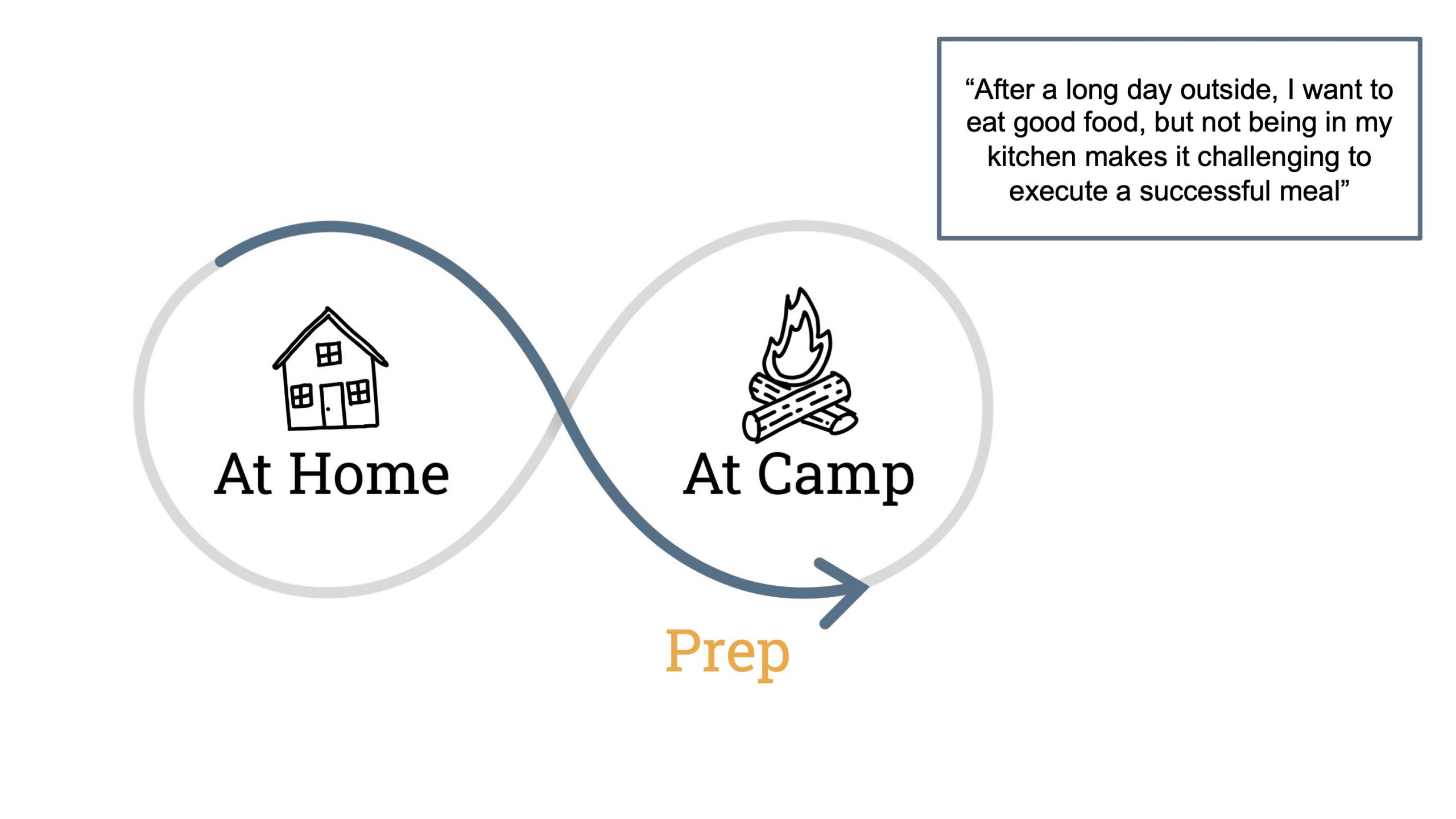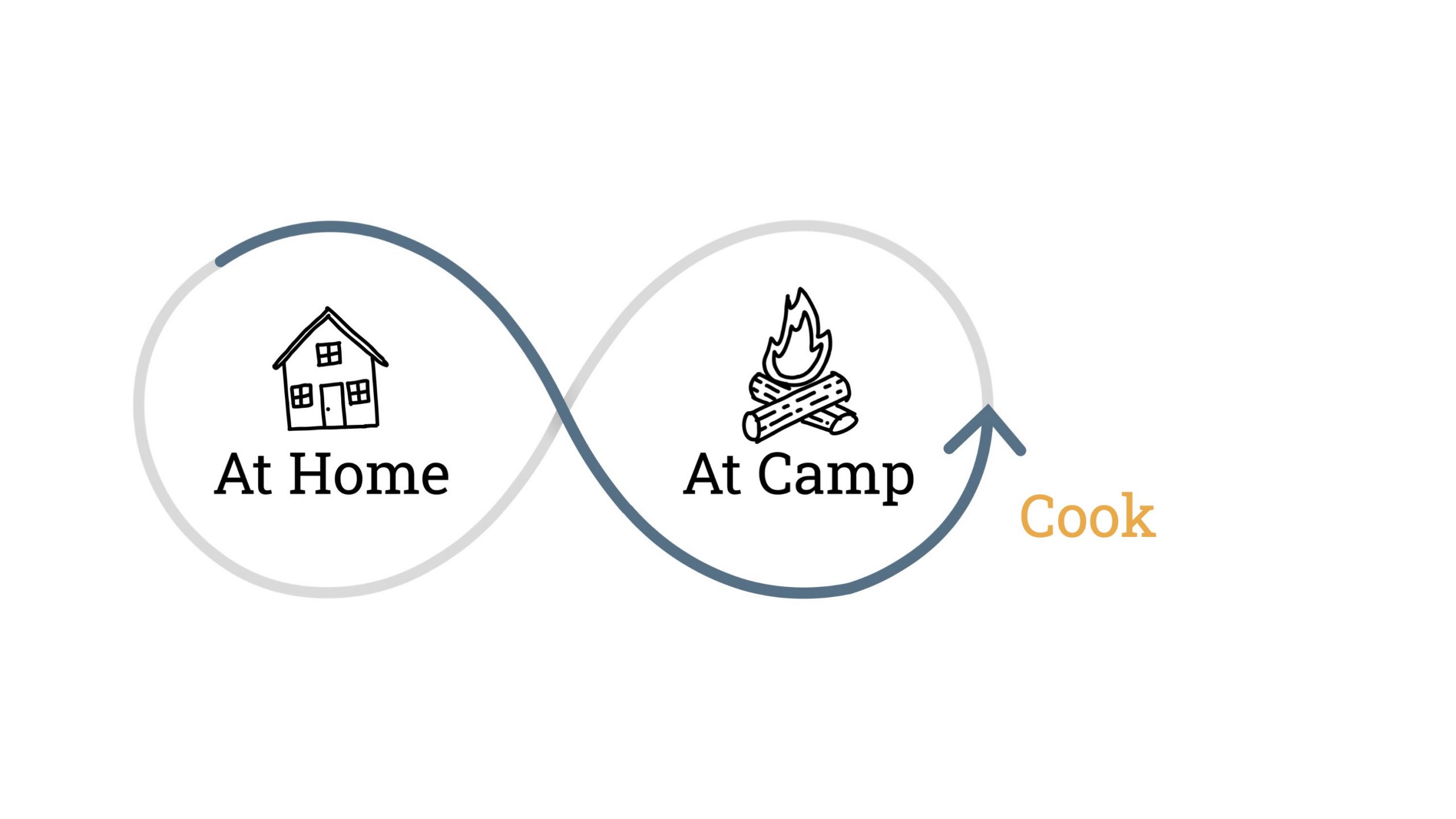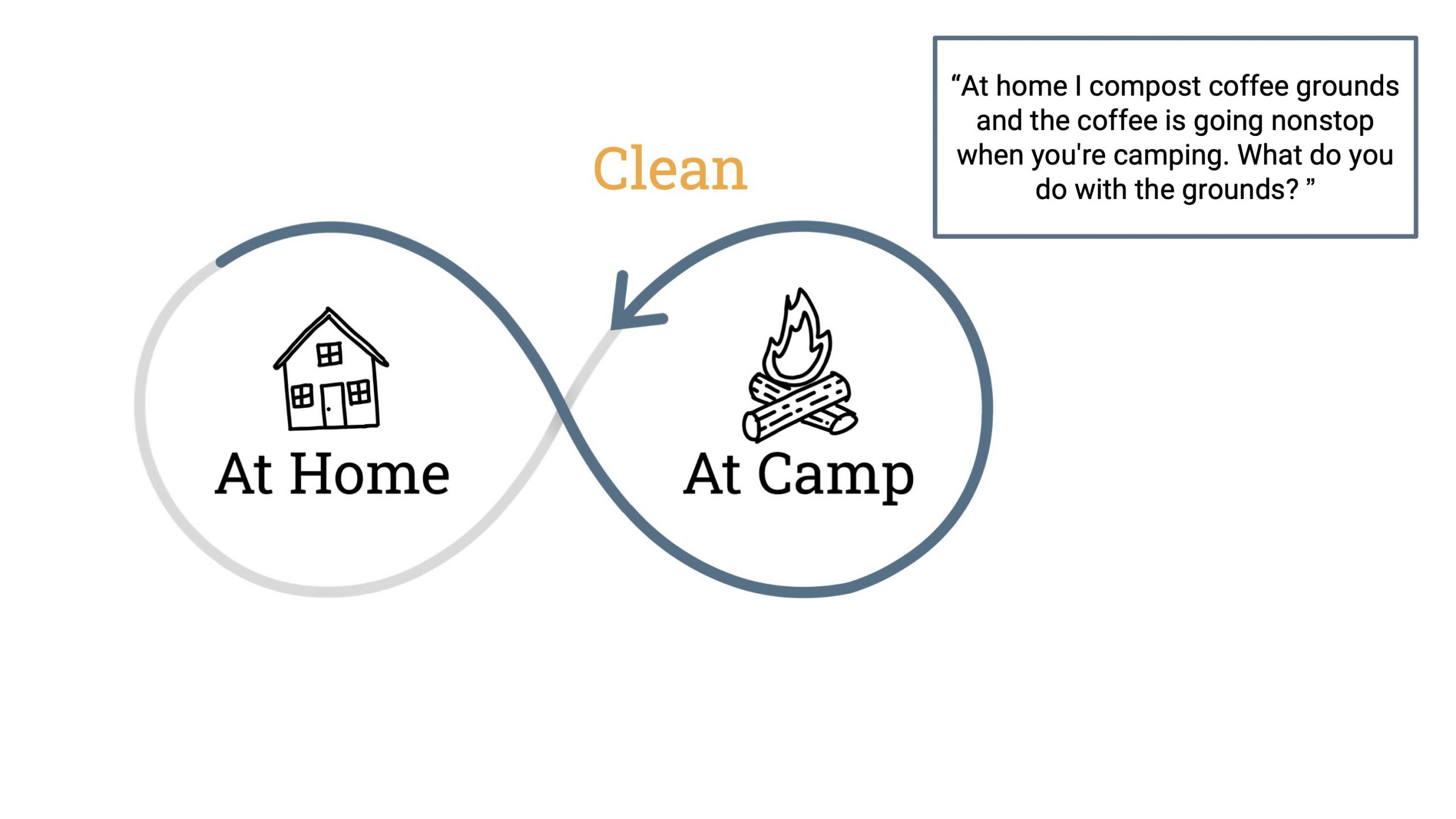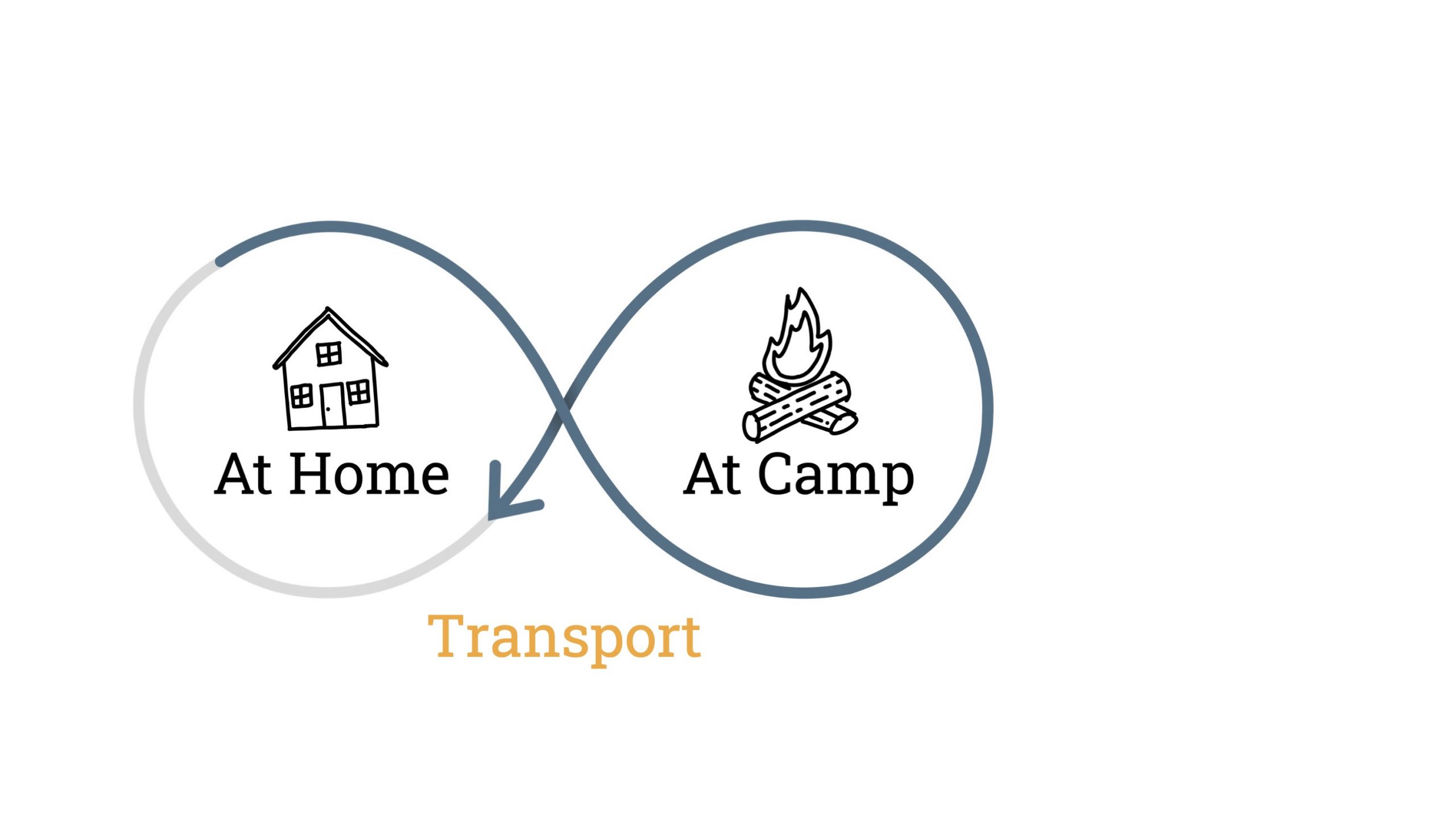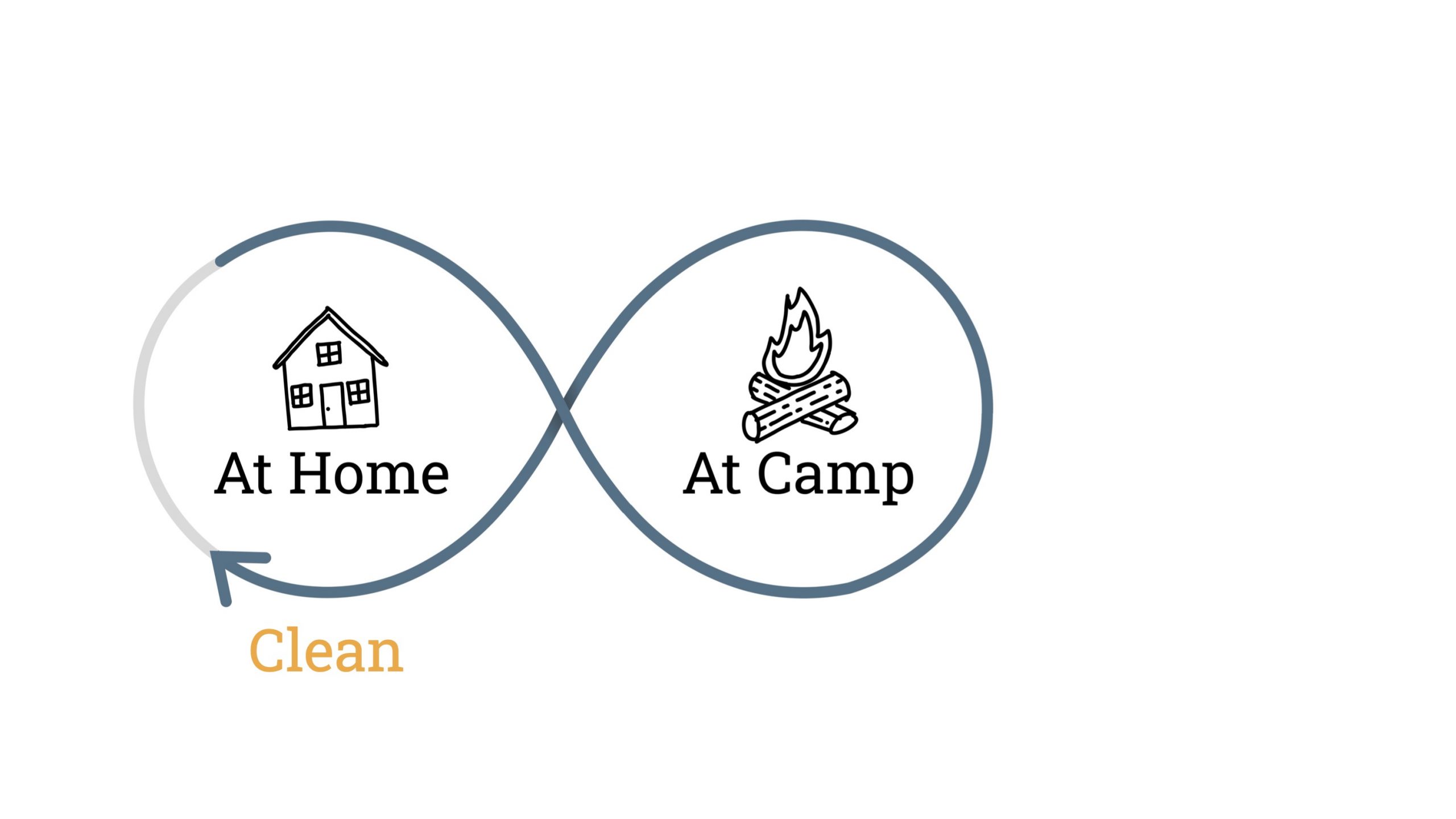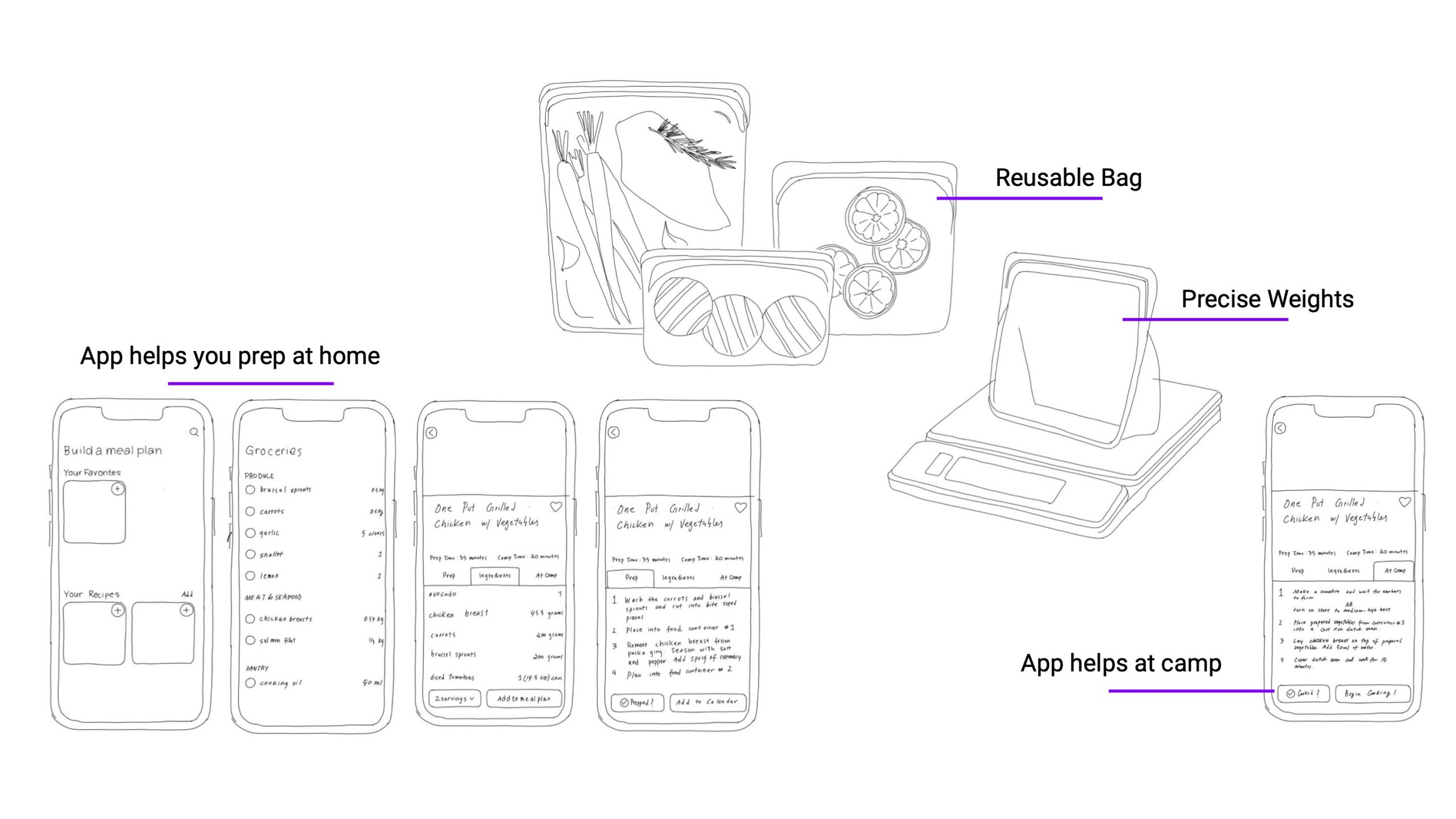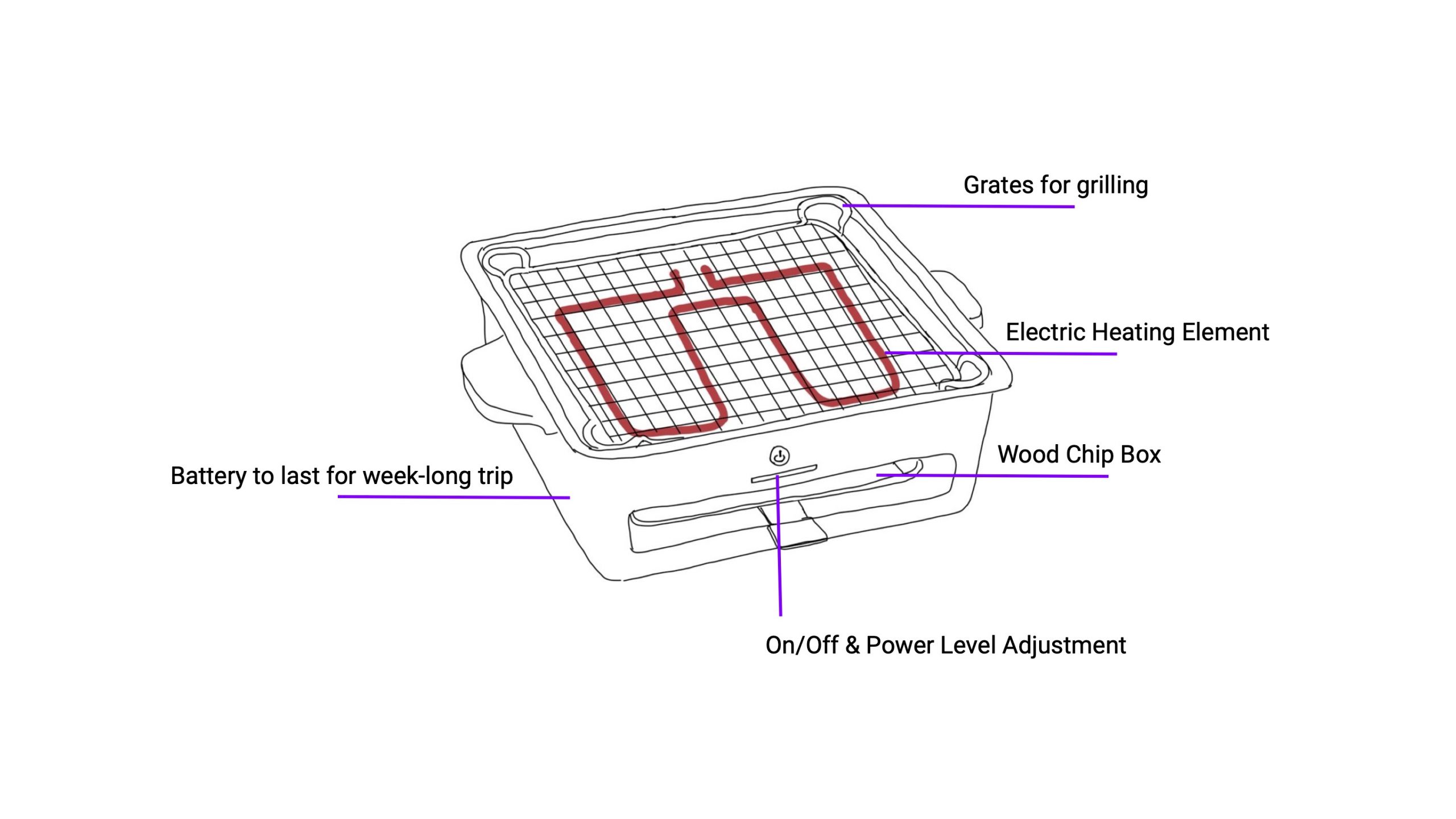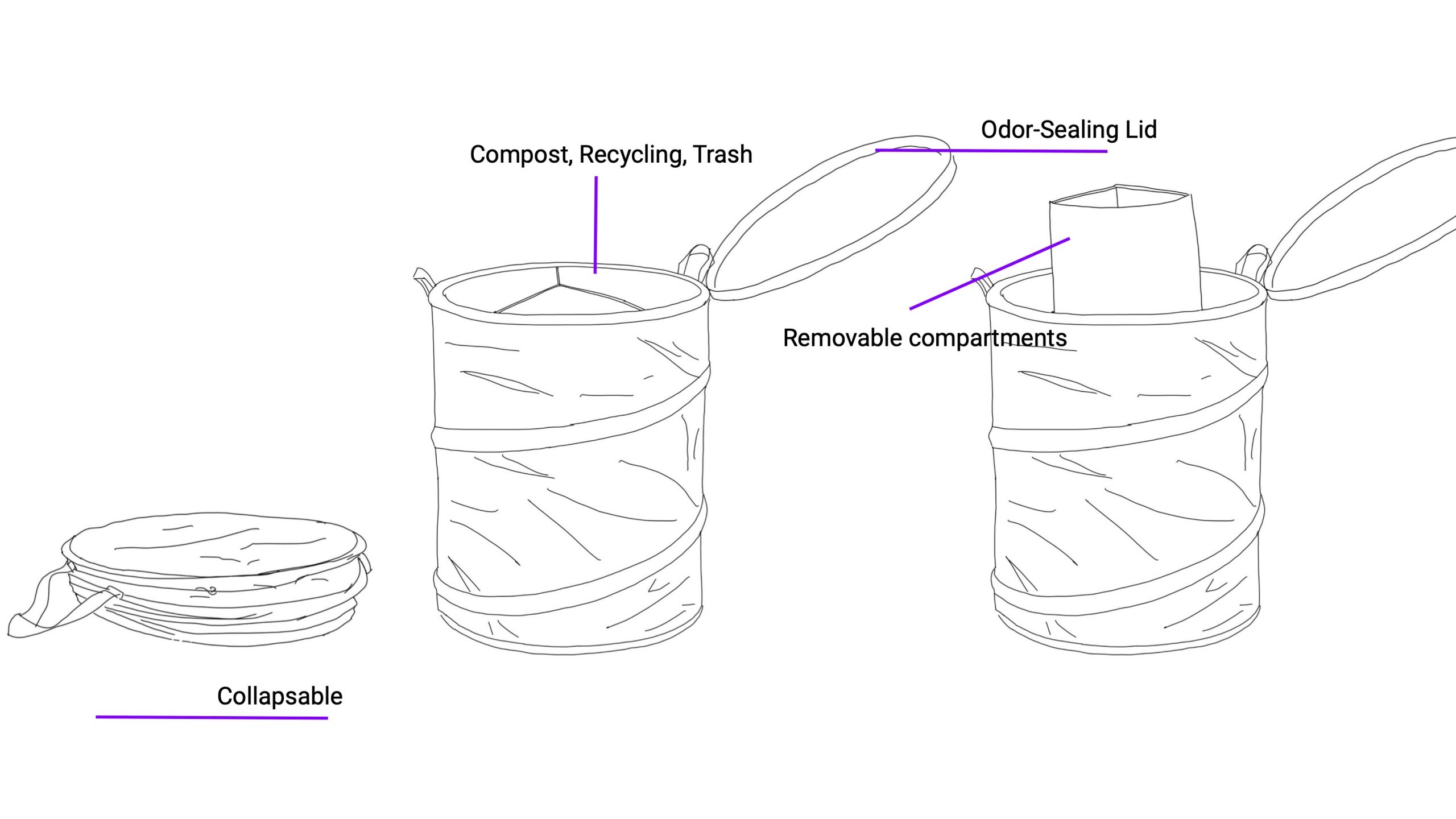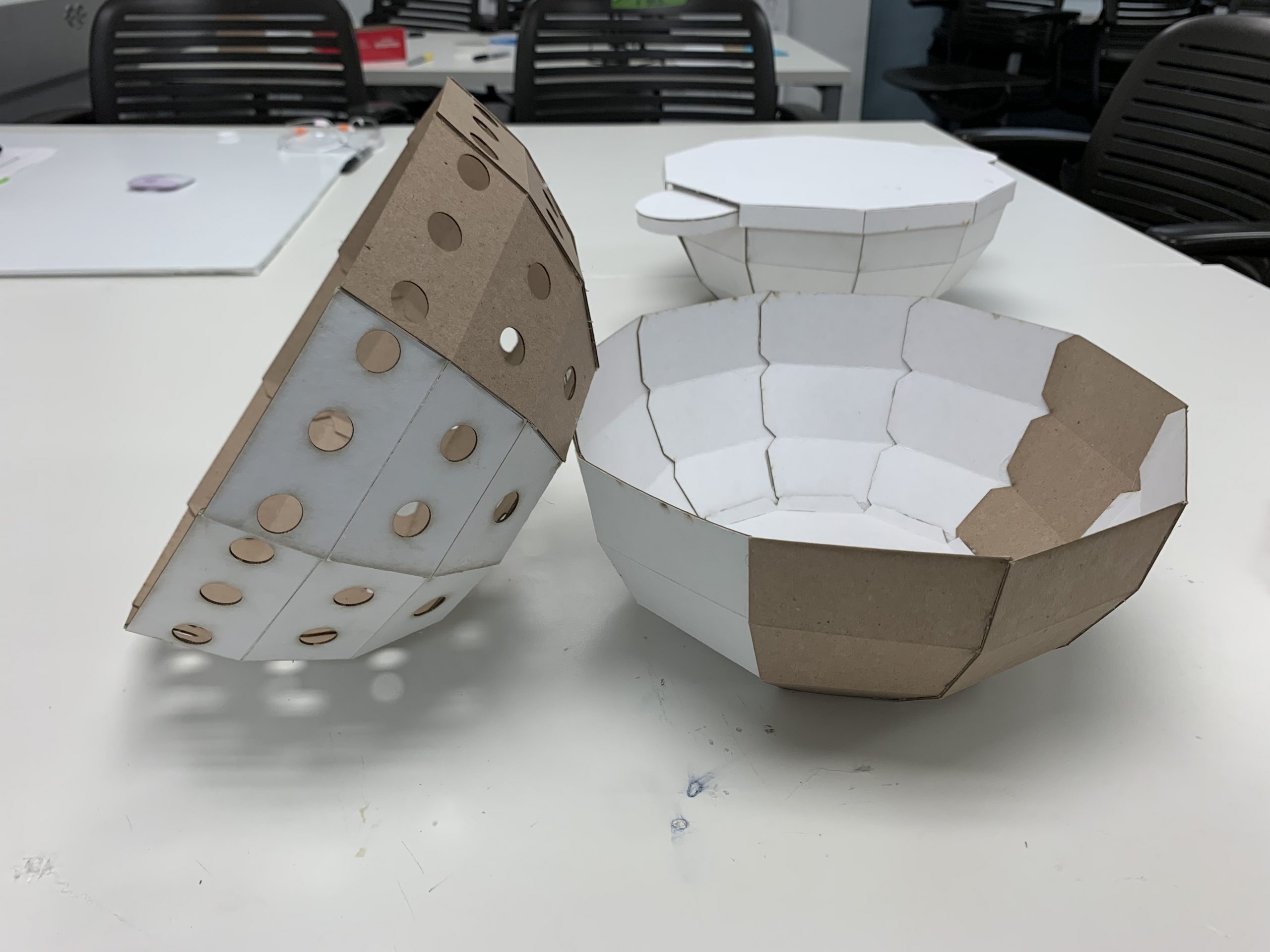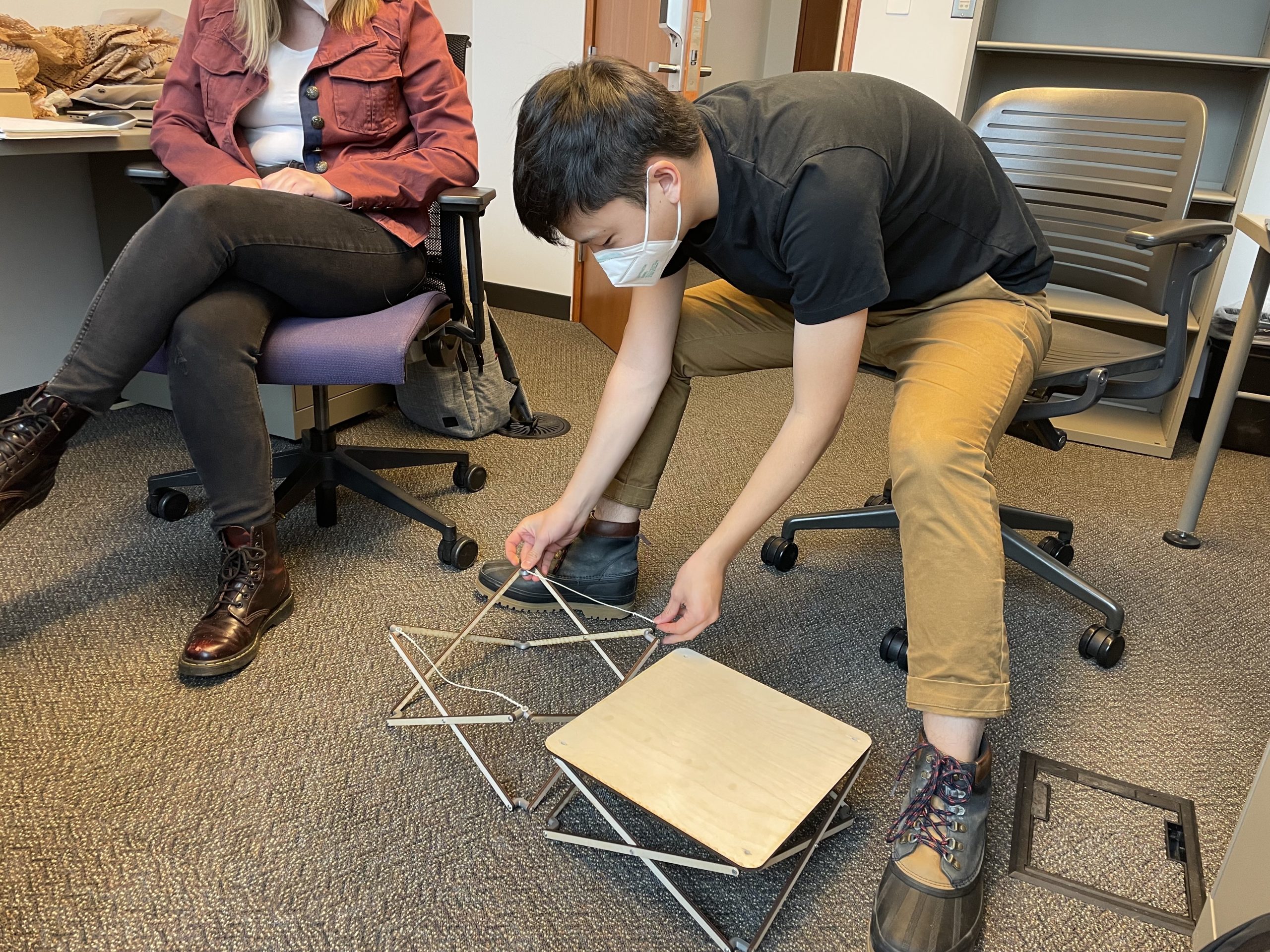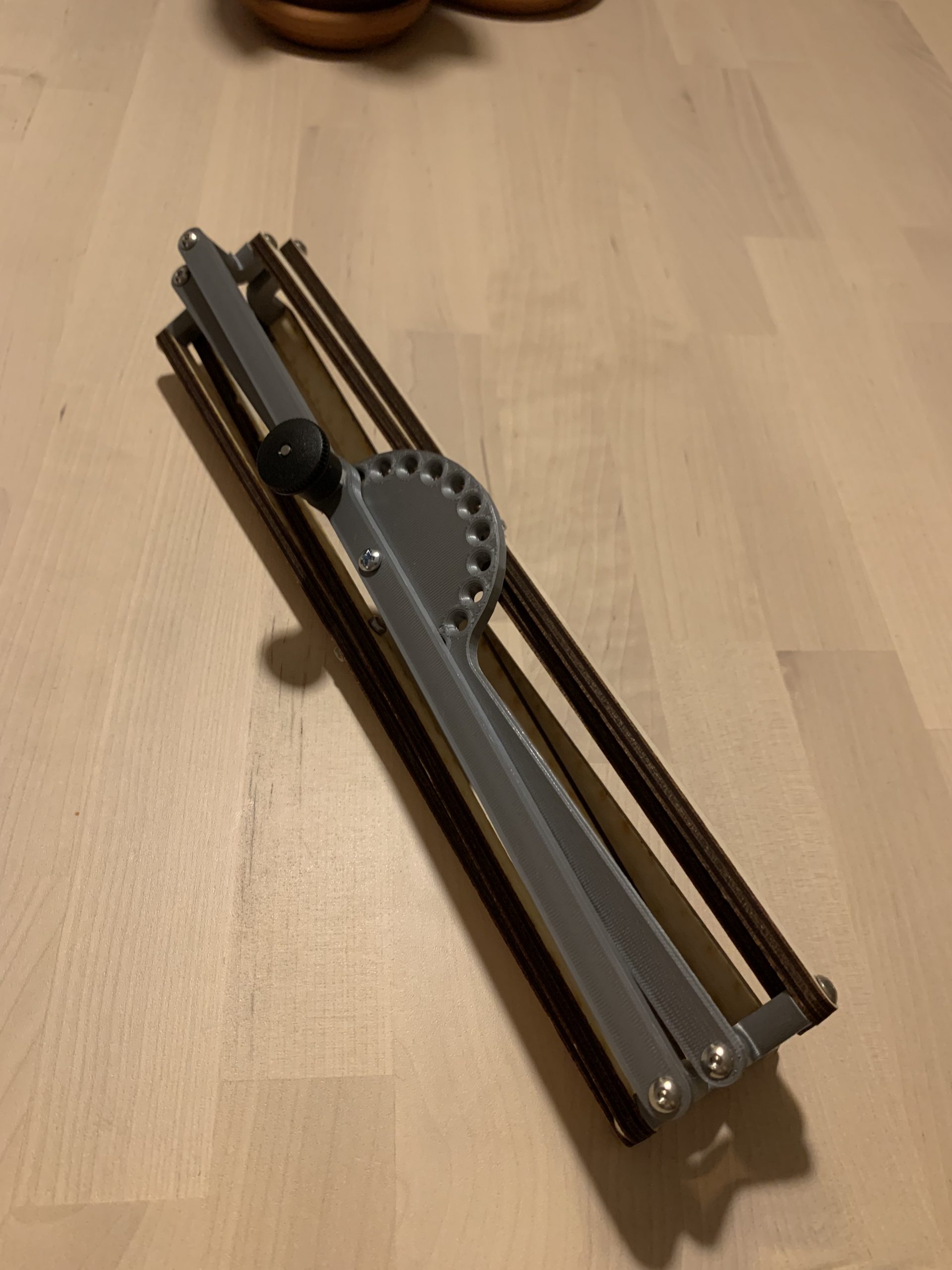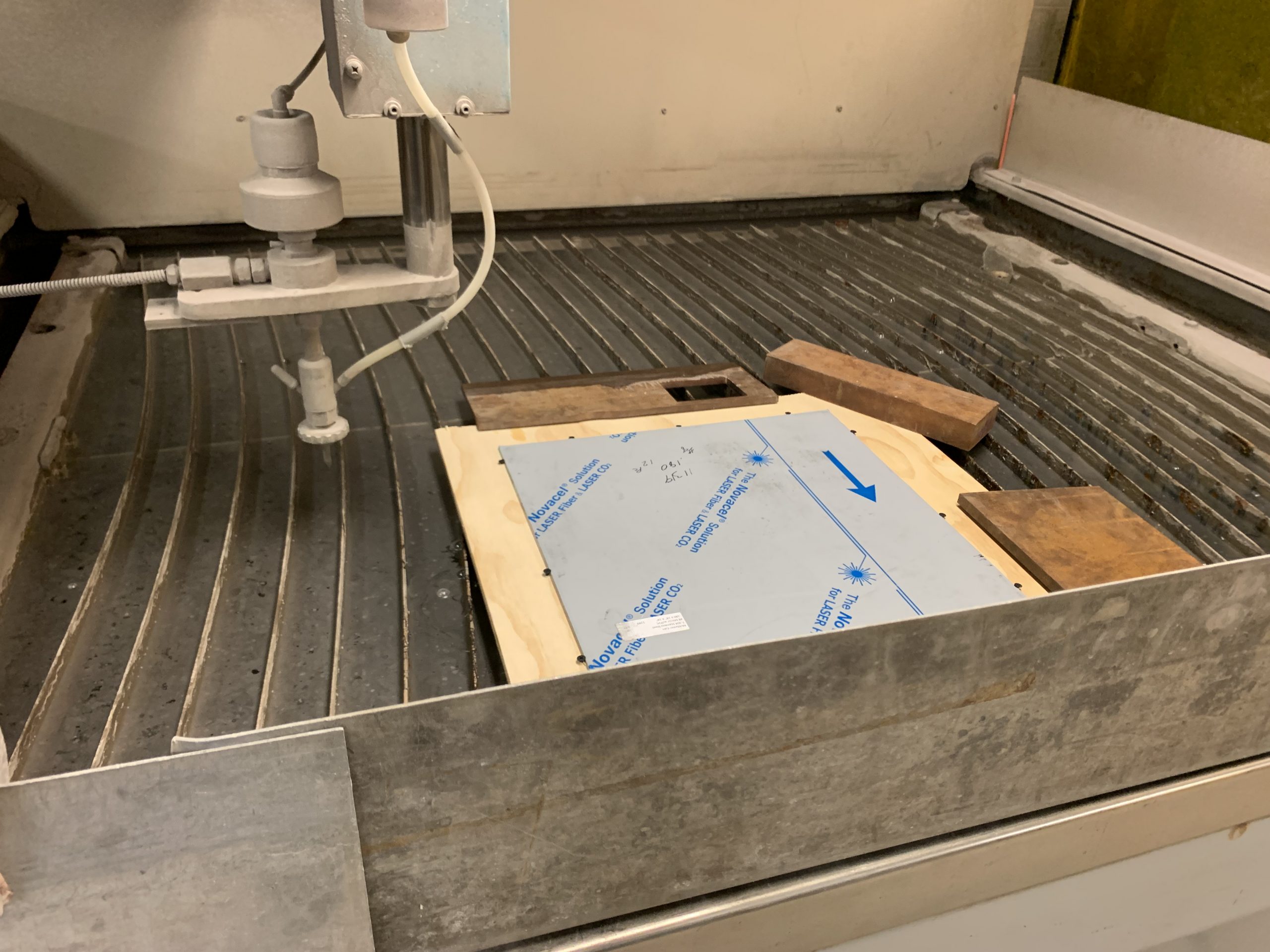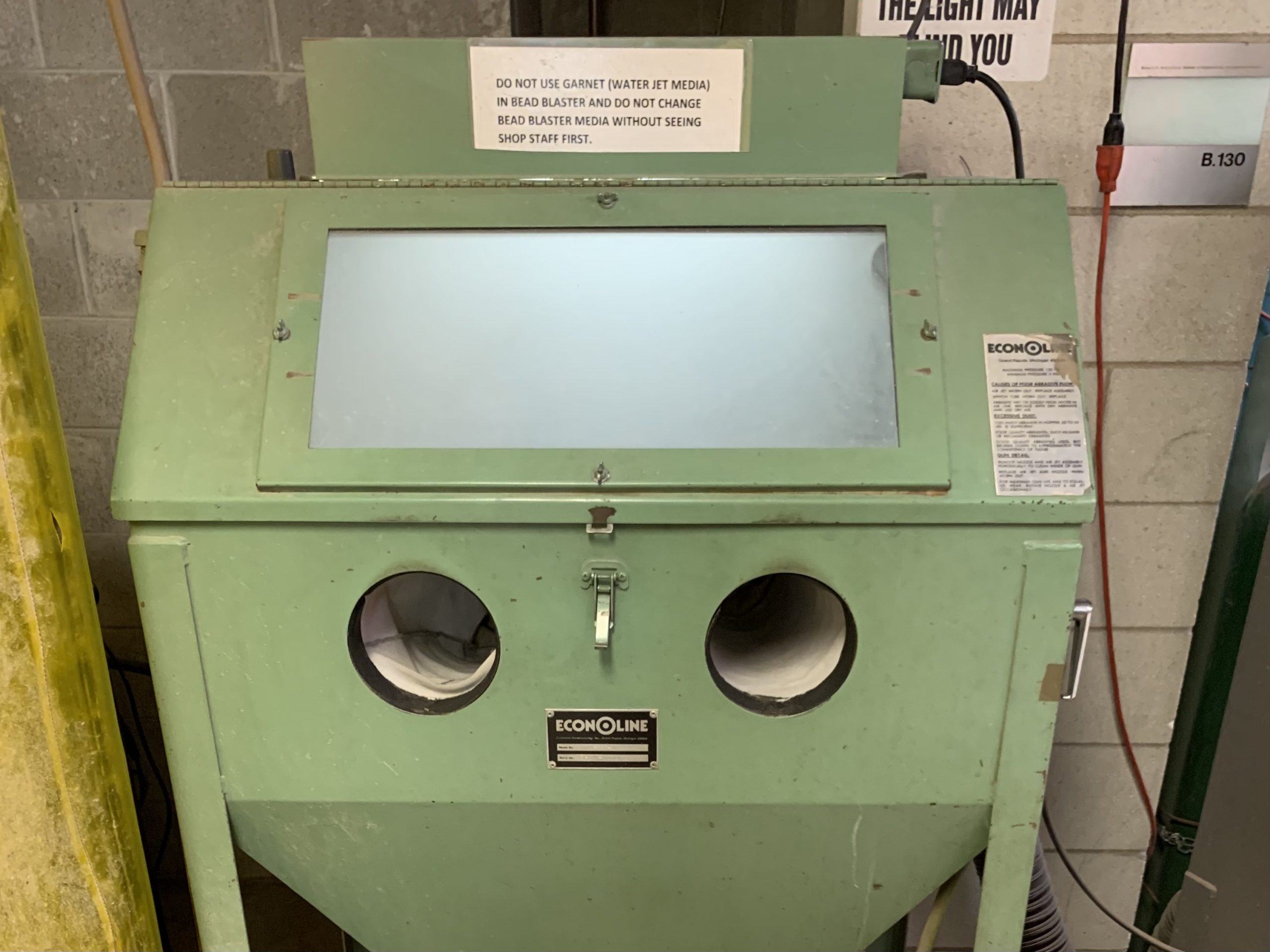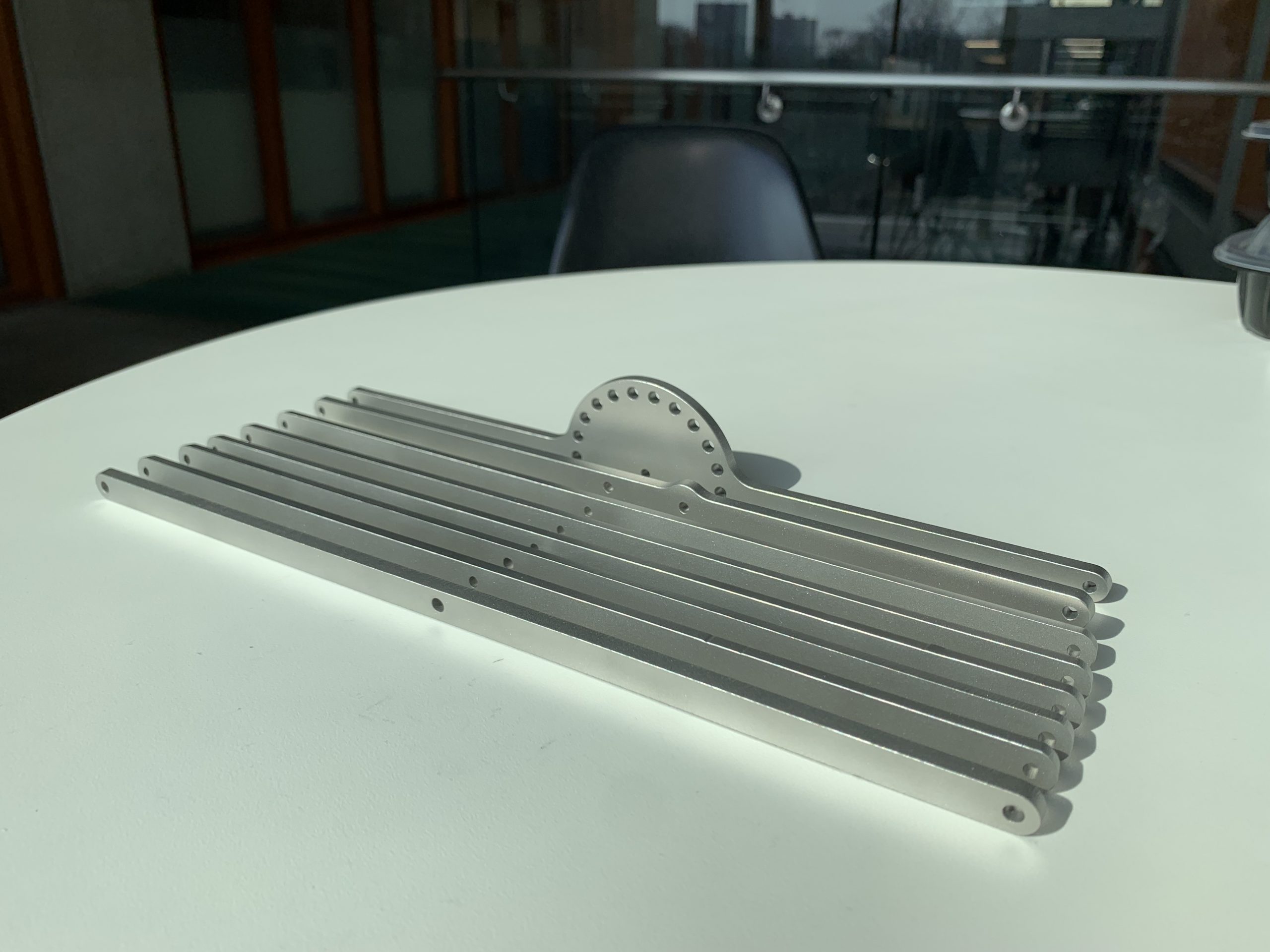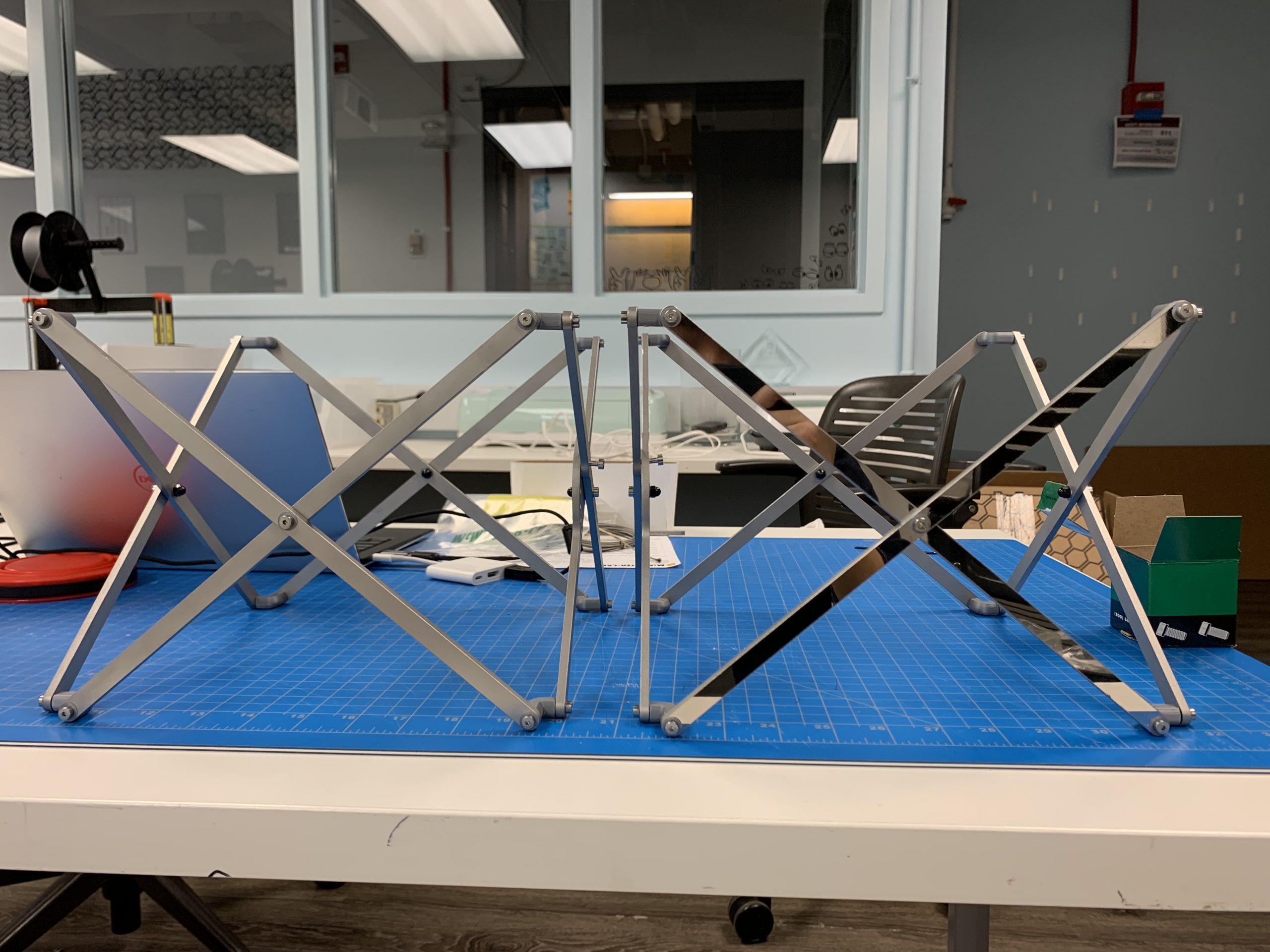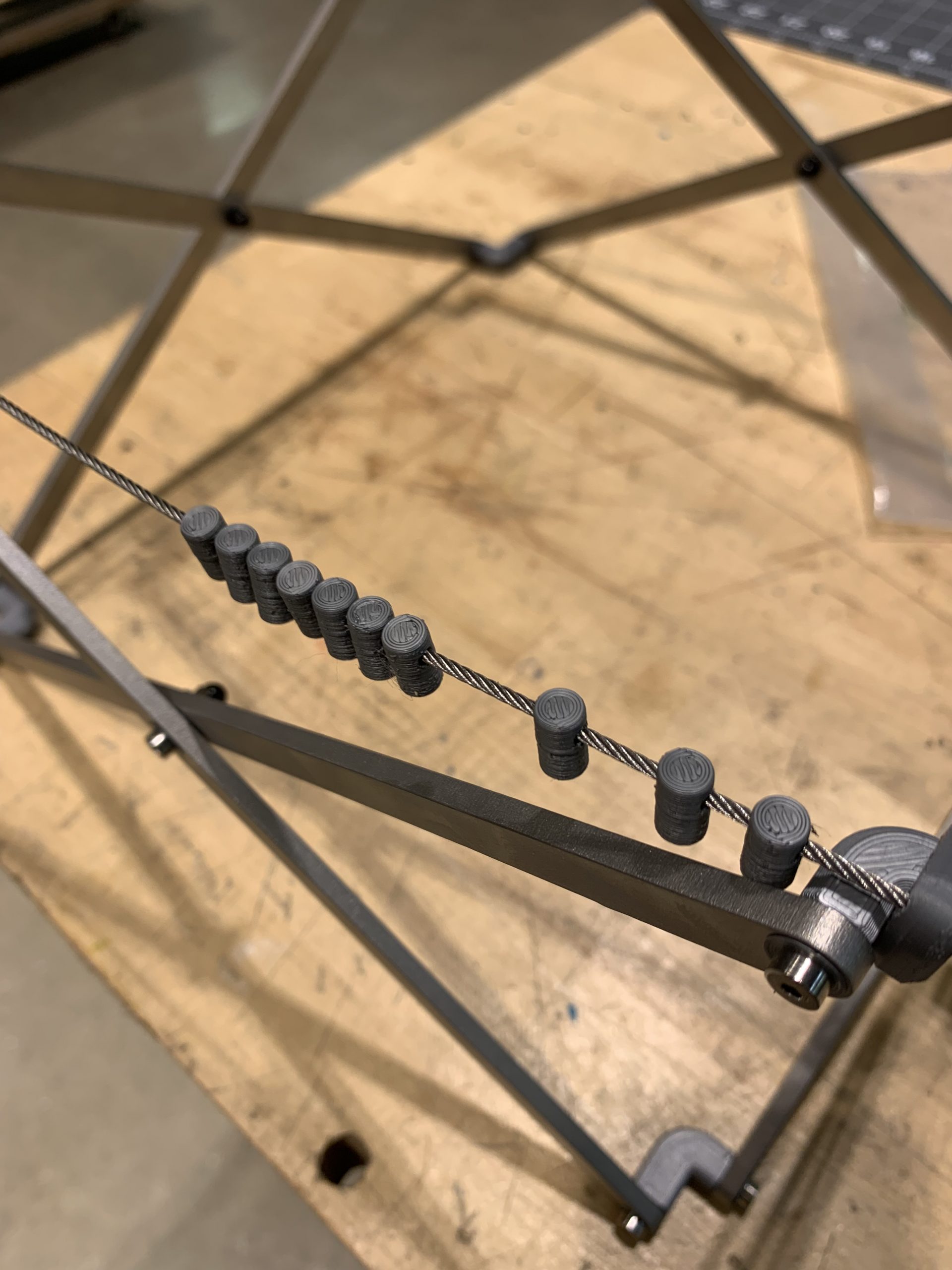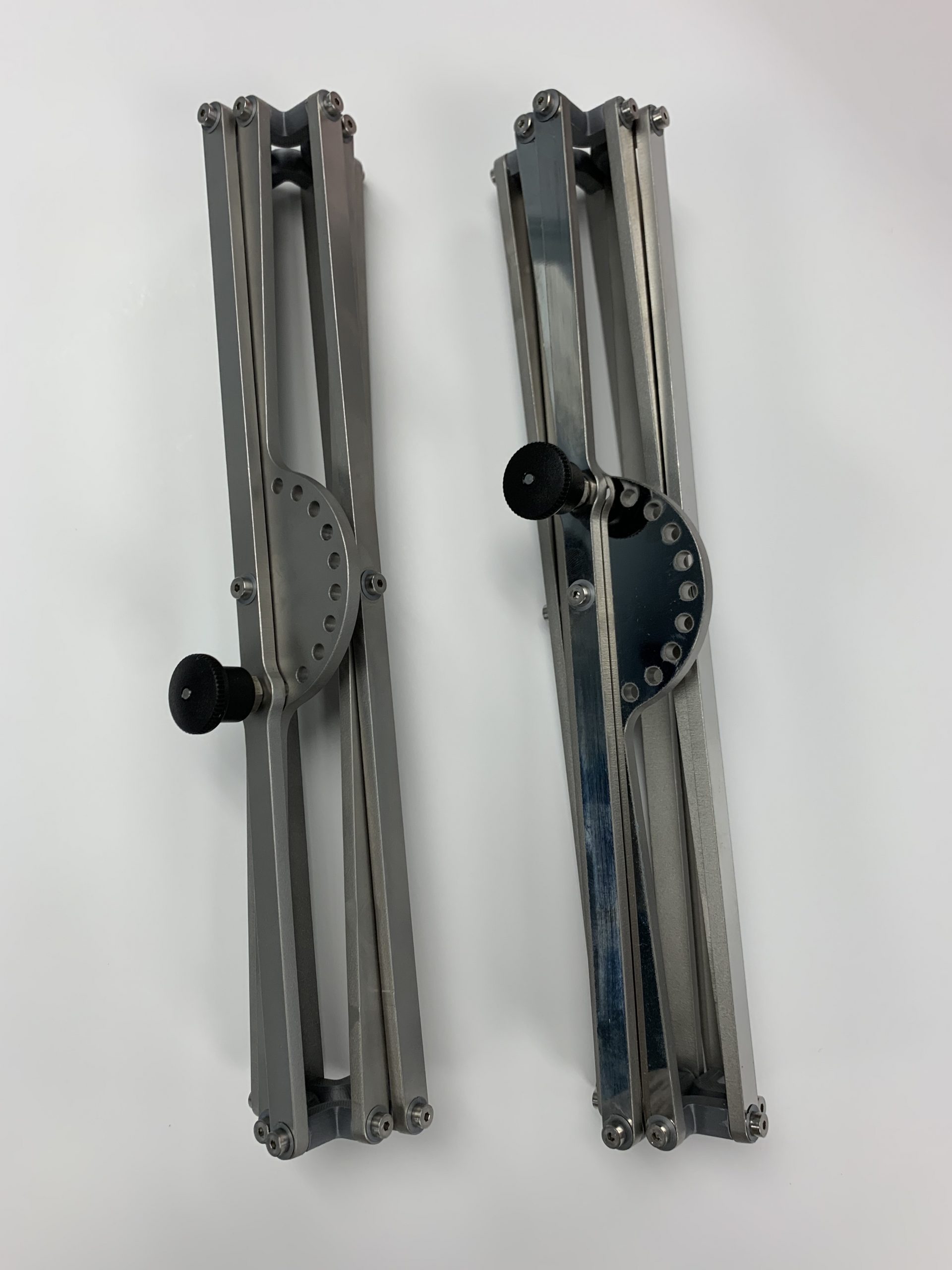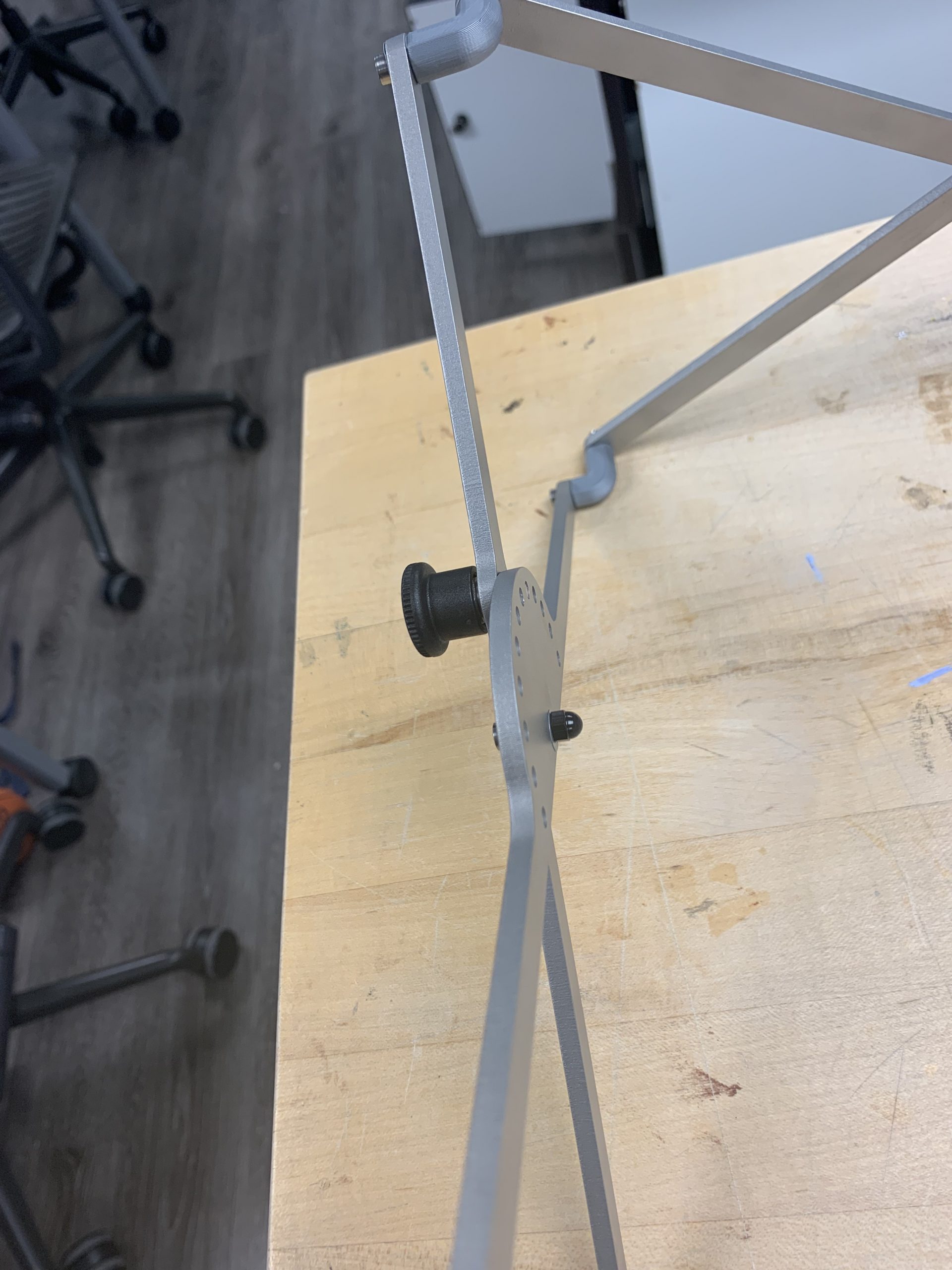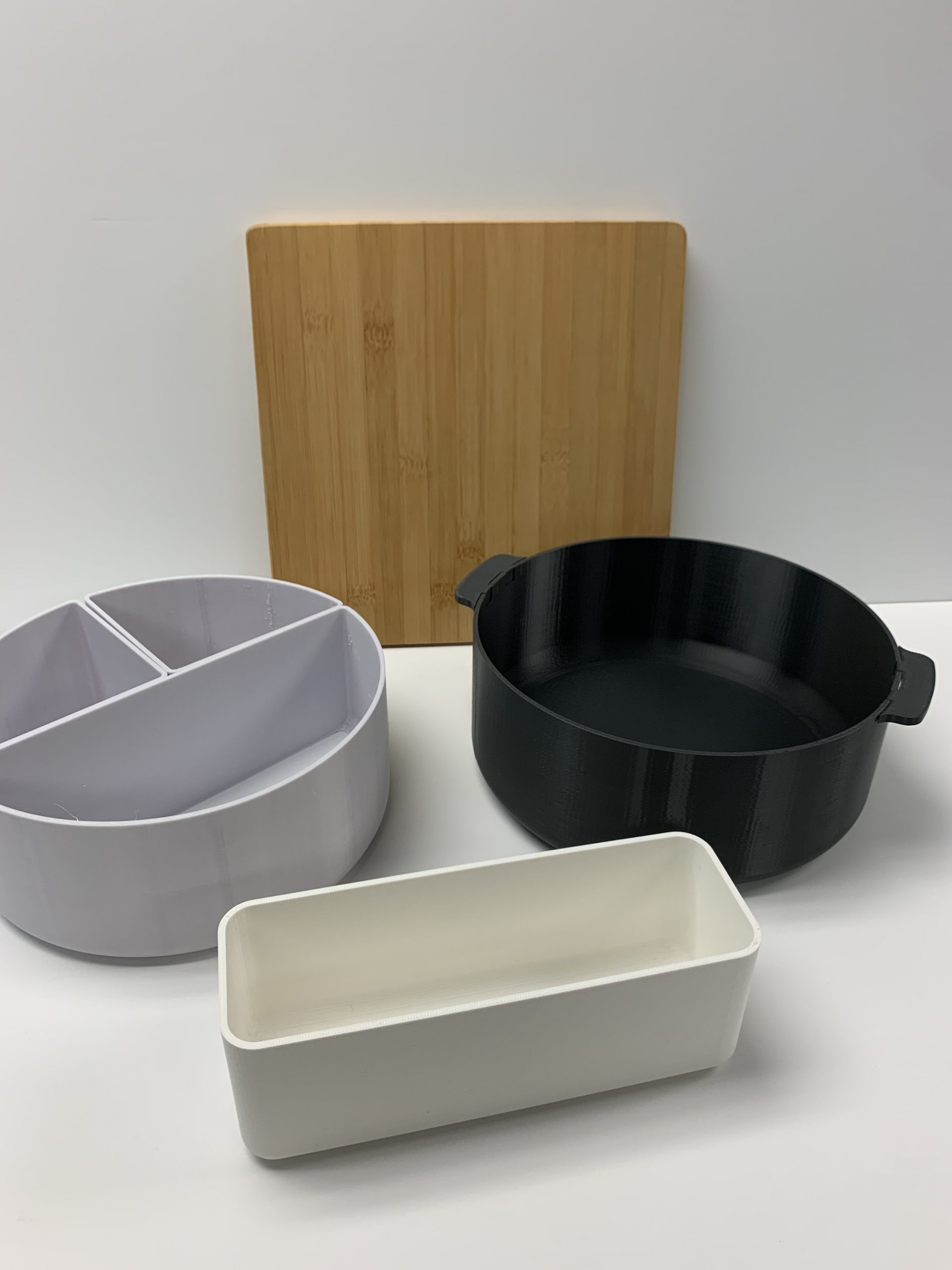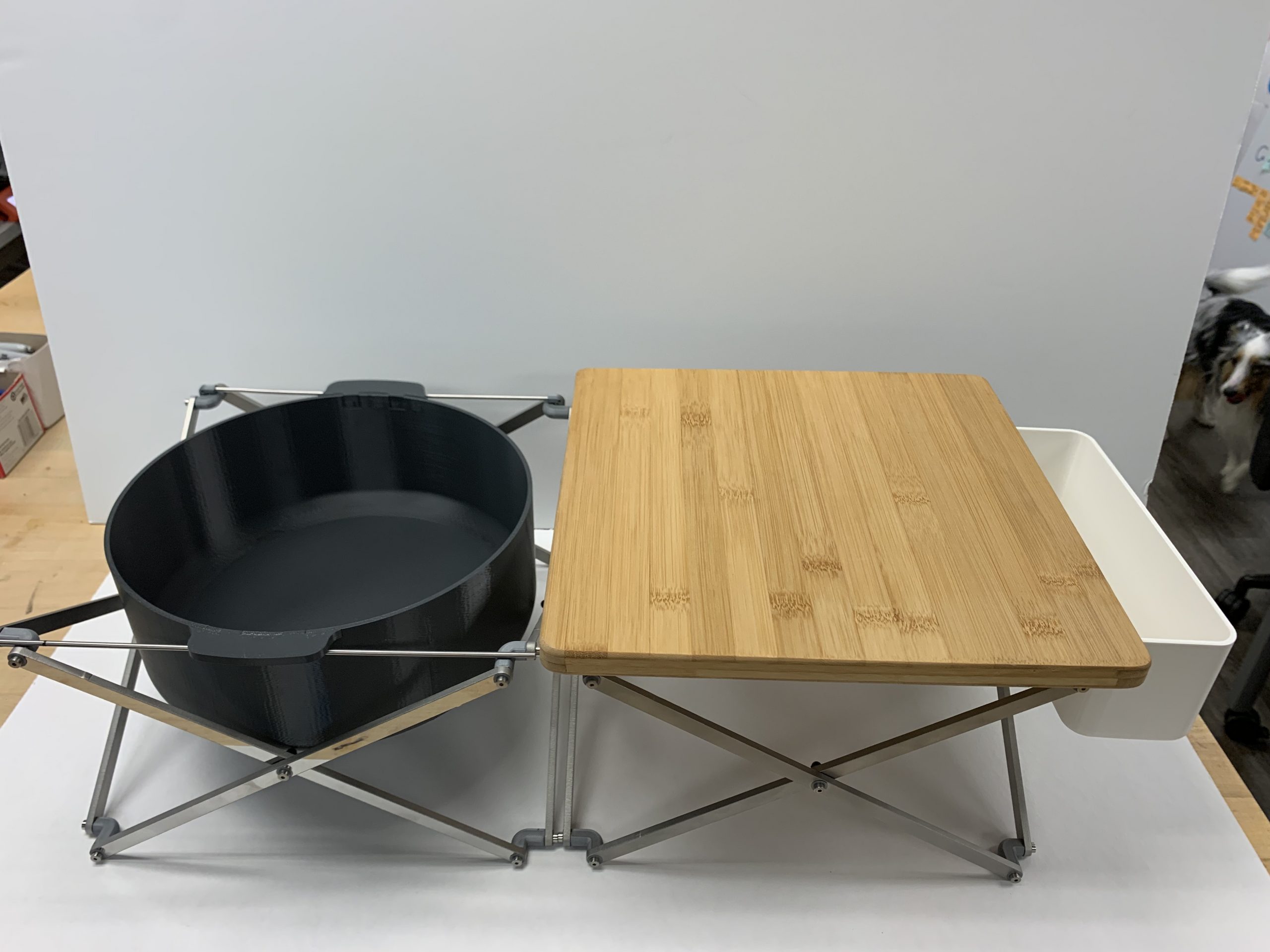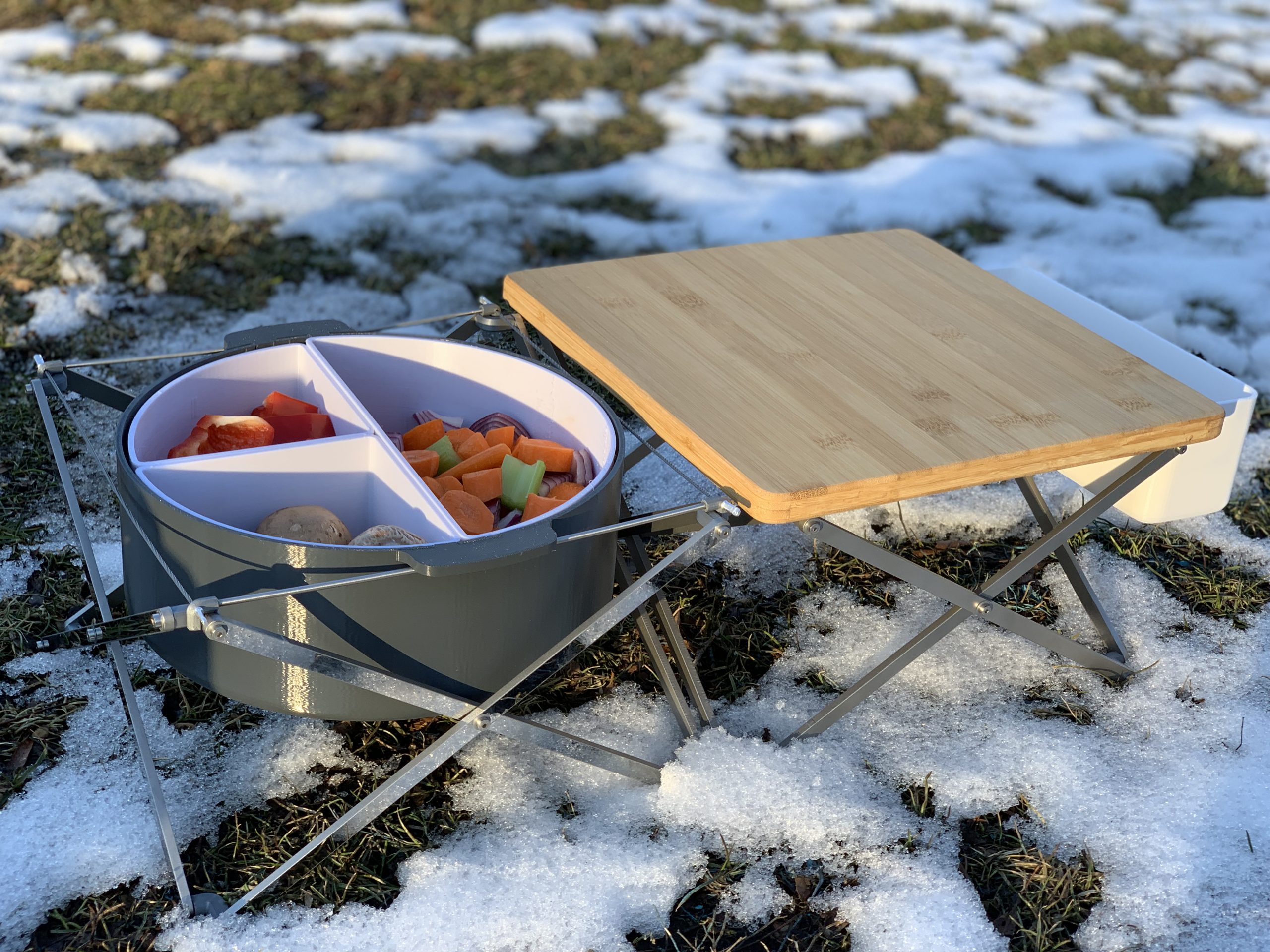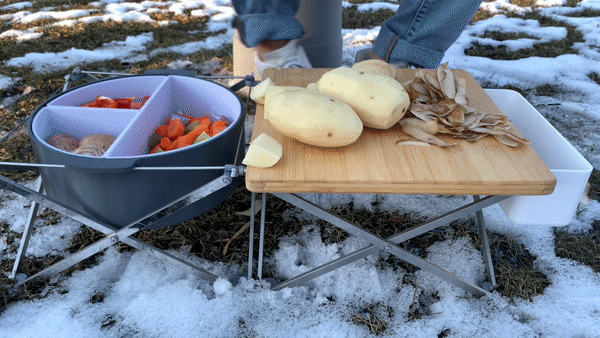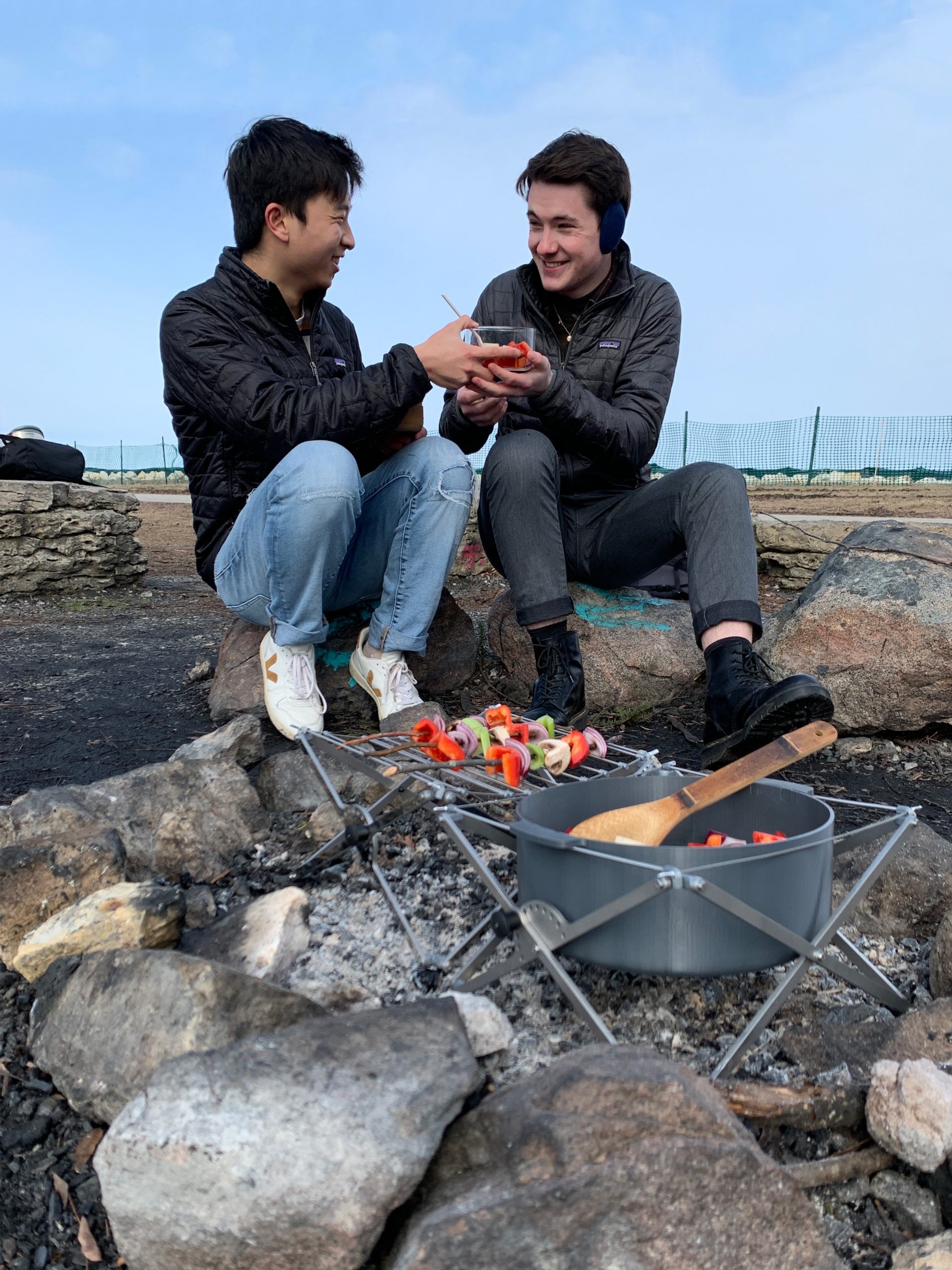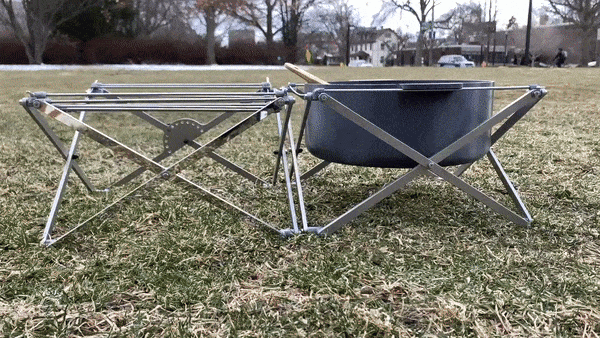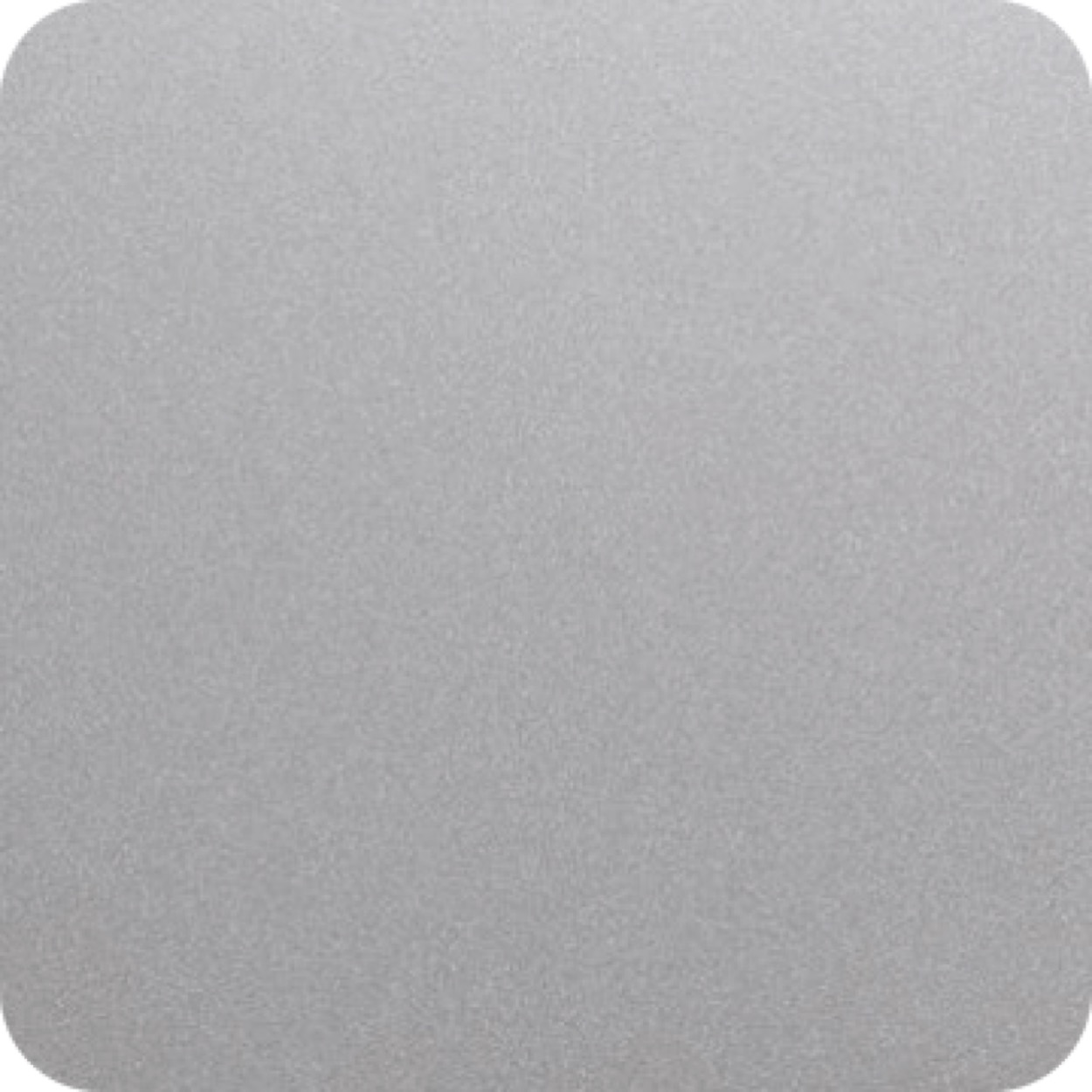EDI Thesis
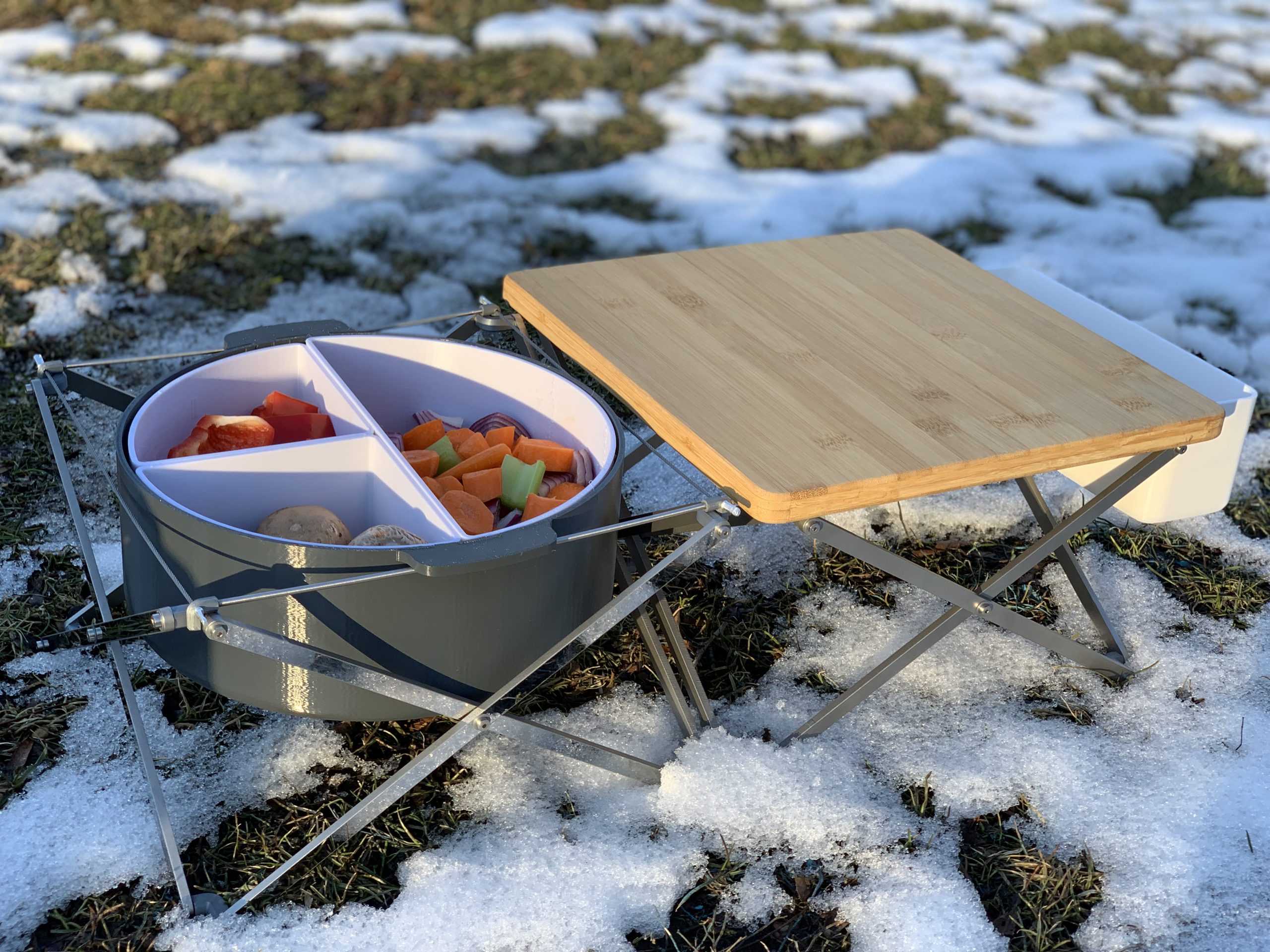
Brief
Stemming from my outdoor experiences, I wanted to learn about other’s experiences in the outdoors, the equipment they bring to camp, and how the desire to be sustainable augments the camping experience.
User Interviews
Opportunity Space
When I asked people what they loved about camping, they had a lot to say: the opportunity to bond and gather, the magic of the fire, and the tradition of a simpler era.
People love cooking at camp, but not when it comes to sustainability. A common theme among users I talked to was the feeling that their sustainability was negatively impacted in the outdoors.
Insight
The tension between sustainability and convenience often makes people trade off on their ideal experience
-
Through my research I found that campers are lacking equipment to allow them to manage the balance of prepping at home and prepping at camp to have a fulfilling and sustainable food experience.
-
Users currently use a patchwork of products to cover the food experience, which results in the lack of a kitchen workflow at camp
-
Users something that covers the whole cooking journey and emphasizes decreasing food and packaging waste.
Design Requirements
A convenient product and service that amplifies the sustainable meal experience by emphasizing preparation and building on the ritual and experience of cooking over the fire.
Brainstorming
Based on these design requirements I began to brainstorm ideas and gathered feedback on these ideas from campers.
Prototyping
I developed the top ideas into multiple prototypes.
Refine
I refined into a single final concept, a modular prep and cook set. Created CAD assembly model in Solidworks which later was used to prototype using 3D printer, laser cutter and water jet.
Final Prototyping
Confident in this direction, I moved towards creating a works-like, looks-like prototype of this concept.
I 3D printed the compost bin, pot and inserts using PLA and FPLA (using a 3D printer I built).

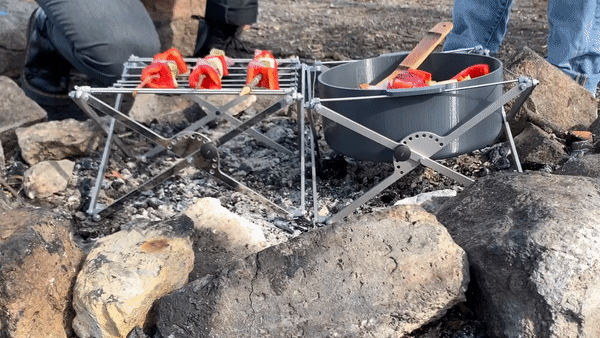
Sustainable Materials
The tension between sustainability and convenience often makes people trade off on their ideal experience
-
Stainless steel as the sole metal used in fasteners, frame, attachment parts and cookware for its long-lasting durability. It is also 100% recyclable.
-
Bamboo as the material used in the chopping board. This sustainable crop is a fast-growing grass which reaches adult size in only 3 to 5 years.
-
Polypropylene for the compost and prep containers. Polypropylene is one of the easiest to recycle plastic polymers.
Reflection
- Learned a lot about myself and how I work through this 6-month solo project
- A new appreciation for the challenge of narrowing from a very wide brief ‘sustainable camping’ to a product that solves a specific unmet need
- The importance of storytelling in helping people understand your project. Real photos & videos in context are more powerful than pretty renders.
- Special thanks to Club Craig: Thesis Advisor Craig Sampson, Jesse Brown, and Paige Hendersen!





